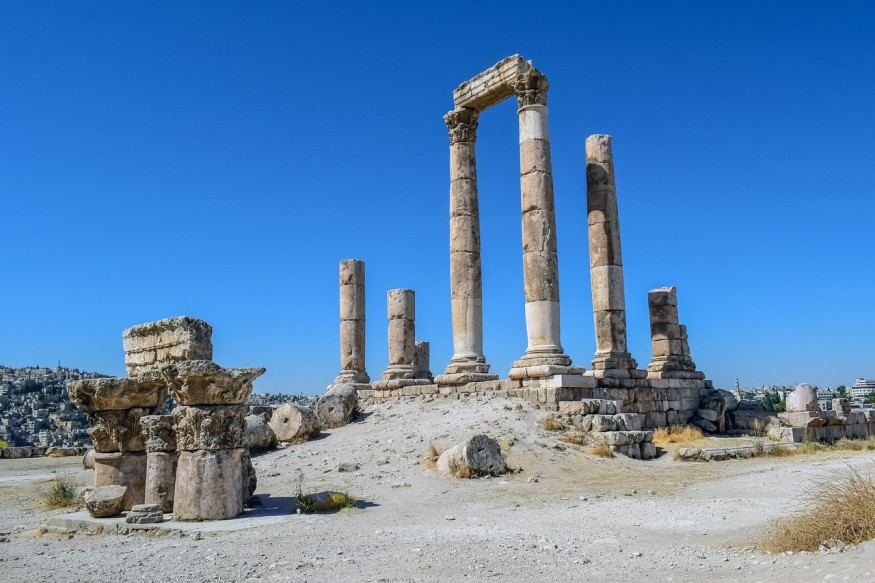
Archaeologists were able to find two temples, with one buried over the other, in Iraq's ancient megacity of Girsu. One temple has been found to be associated with Alexander the Great and Hercules.
Twin Temples Found in Ancient Megacity of Girsu
The newer temple, which was Hellenistic, dates to 400 B.C. and could be connected to Alexander the Great. The temple was found to have a fired brick with inscriptions in Greek and Aramaic. These inscriptions were found to reference the "giver of two brothers." This could have possibly pointed to the Macedonian king who pulled off great conquests across the world from 336 B.C. to 323 B.C.
The older temple, on the other hand, was discovered by archaeologists from London's British Museum while conducting excavations in the ancient megacity of Girsu, which is a Sumerian city now called Tello.
These excavations come as part of a continuous venture of the museum called the Girsu Project. This endeavor focuses more on unraveling the storied history of the city.
The remnants of the older temple were found to be buried in the same exact spot as the newer one, which was dedicated to Hercules and Ningirsu, which was the Greek deity's Sumerian equivalent. This was noted by Ancient Mesopotamia curator and archaeologist Sebastien Rey from the British Museum. Rey led the excavations held in the area.
ALSO READ : Remains of 4,500-year-old Sumerian Temple Discovered in Iraq Might Hold Secrets of the Ancient Civilization
A Significant Site
The researchers note that it was not a coincidence that the temple was raised on a site where another one stood 1,500 years before. The area could have held significance for those from Mesopotamia.
Rey explains that this shows that Babyllonia's inhabitants in 400 B.C. appeared to know much about their history. The Sumerian legacy appeared to be quite vibrant.
Upon exploring the site of the dual temples, archaeologists found a silver drachm kept under a shrine or altar. This silver drachm is a coin from the ancient Greeks. The archaeologists also found a brick with the inscriptions of the two brothers.
Rey notes that the inscription is quite intriguing, as it notes the Babylonian name inscribed in Aramaic and Greek. He notes that the name must have been chosen to be a ceremonial title on account of its symbolic meanings and archaizing tone. All evidence shows that the name, which was Adadnadinakhe, was remarkably rare.
The inscription also nods to Zeus, who is typically symbolized by an eagle and lightning bolt. Both symbols could also be found on the unique coin. Rey also notes that Zeus also acknowledged Alexander the Great to be his son through the Ammon oracle, making Zeus the "giver of brothers" due to the fraternal bond affirmed between both Hercules and Alexander.
Aside from the artifacts, the archaeologists also discovered offerings that were typically given after a battle. These included soldier clay figurines. Rey notes that these figurines could have been carried by temple visitors.
Rey concludes that by mixing together the signs of Alexandrian presence, this shows that Alexander could have had an active and direct role in the re-establishment of the temple or that it welcomed the Macedonian ruler's memorial after he died early.
Check out more news and information on Archaeology in Science Times.












